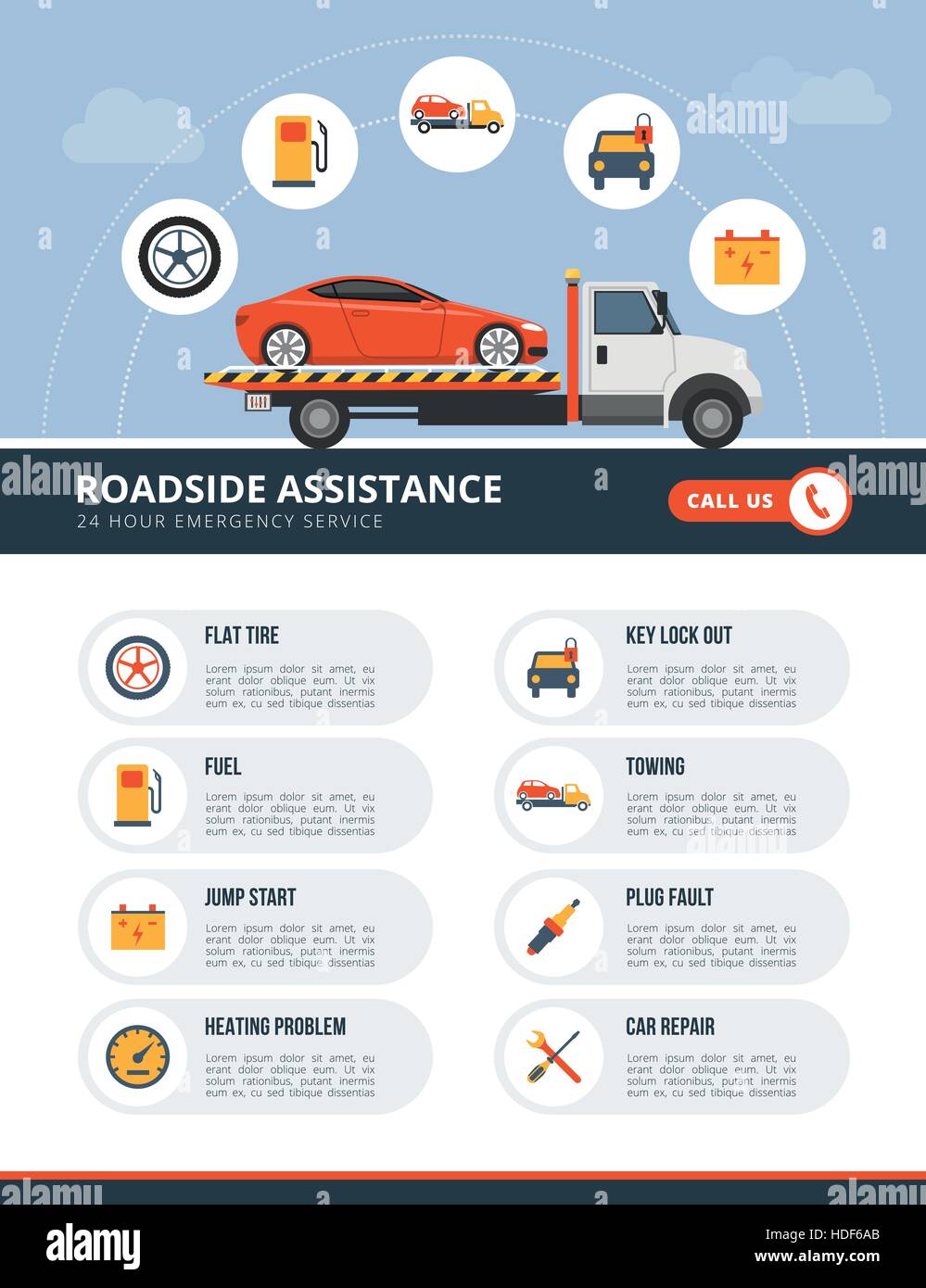Recognizing Your Cars And Truck'S Caution Lights: What Do They Truly Mean?
Recognizing Your Cars And Truck'S Caution Lights: What Do They Truly Mean?
Blog Article
Composed By-Faulkner Stark
When you lag the wheel, those glowing caution lights on your dashboard can be a little bit complicated. Do you know what they're trying to tell you about your auto's wellness? Understanding the significance of these lights is vital for your security and the long life of your automobile. So, the following time one of those lights appears, wouldn't you wish to understand its message properly and take the needed steps to address it?
Common Warning Lights and Interpretations
Recognize common caution lights in your cars and truck and understand their meanings to ensure secure driving.
The most common caution lights consist of the check engine light, which indicates concerns with the engine or emissions system. If this light begins, it's important to have your vehicle examined quickly.
The oil pressure warning light indicates reduced oil pressure, needing prompt focus to avoid engine damage.
A blinking battery light may suggest a faulty billing system, potentially leaving you stranded if not dealt with.
The tire stress monitoring system (TPMS) light informs you to low tire stress, impacting lorry stability and fuel efficiency. Overlooking this could bring about hazardous driving problems.
The abdominal muscle light indicates a problem with the anti-lock braking system, jeopardizing your capacity to stop quickly in emergency situations.
Last but not least, the coolant temperature alerting light warns of engine overheating, which can result in extreme damage otherwise dealt with swiftly.
Understanding these common warning lights will certainly assist you address issues without delay and preserve safe driving problems.
Significance of Prompt Interest
Comprehending the typical caution lights in your vehicle is only the very first step; the relevance of promptly dealing with these warnings can't be highlighted sufficient to guarantee your safety and security when traveling.
When a warning light brightens on your control panel, it's your auto's method of communicating a possible concern that requires attention. Ignoring these warnings can bring about more extreme issues in the future, jeopardizing your safety and possibly costing you much more out of commission.
Trigger attention to advising lights can prevent breakdowns and crashes. As an example, a flashing check engine light can suggest a misfire that, if left unattended, might cause damages to the catalytic converter. Addressing this immediately can conserve you from an expensive repair.
Similarly, a brake system advising light might signify low brake fluid or worn brake pads, essential components for your security when driving.
Do It Yourself Troubleshooting Tips
If you discover a warning light on your dashboard, there are a few do it yourself repairing suggestions you can try before seeking professional help.
The very first step is to consult your cars and truck's handbook to comprehend what the details warning light suggests. Sometimes the concern can be as straightforward as a loosened gas cap setting off the check engine light. Tightening waxing a car may settle the issue.
One more usual problem is a low battery, which can trigger various advising lights. Examining the battery connections for corrosion and guaranteeing they're secure may repair the issue.
If a warning light lingers, you can attempt resetting it by detaching the car's battery for a few mins and afterwards reconnecting it. Furthermore, examining your vehicle's liquid levels, such as oil, coolant, and brake fluid, can assist repair advising lights related to these systems.
Verdict
In conclusion, recognizing your vehicle's caution lights is important for maintaining your car running smoothly and safely. By quickly attending to these alerts and recognizing what they imply, you can avoid pricey repairs and prospective failures.
Keep in mind to consult your vehicle's manual for specific details on each warning light and do something about it accordingly to guarantee a trouble-free driving experience.
Remain informed, remain safe when driving!
